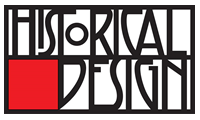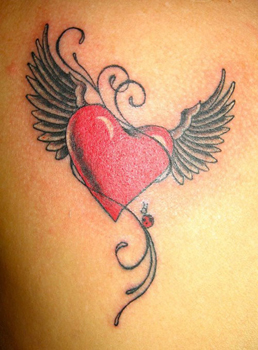Product Description
Bernhard Amster Austrian Silver “Winged Heart” Covered Box c.1910


BERNHARD AMSTER (active Vienna early 20th century) Austria JEWELER, GOLDSMITH AND SILVERSMITH
“Winged Heart” Covered Box c. 1910
Handwrought and hand-hammered silver in a half oval form on four cylindrical feet with heart-shaped finial inset with bone and stylized silver feathers
Marked: BA (in a rectangle 2x), Austrian touchmark for 800 silver (in a pentagon 2x)
For more information see: Blühender Jugendstil – Österreich (Art Nouveau in Blossom – Austria), Firmen und Marken (Companies and Marks), Waltraud Neuwirth, II (Vienna: Selbstverlag Neuwirth, 1991)
H: 4 1/2″ x W: 6 1/2″ x D: 4 3/4″
Price: $5,750
Bernhard Amster Austrian Silver “Winged Heart” Covered Box c.1910
